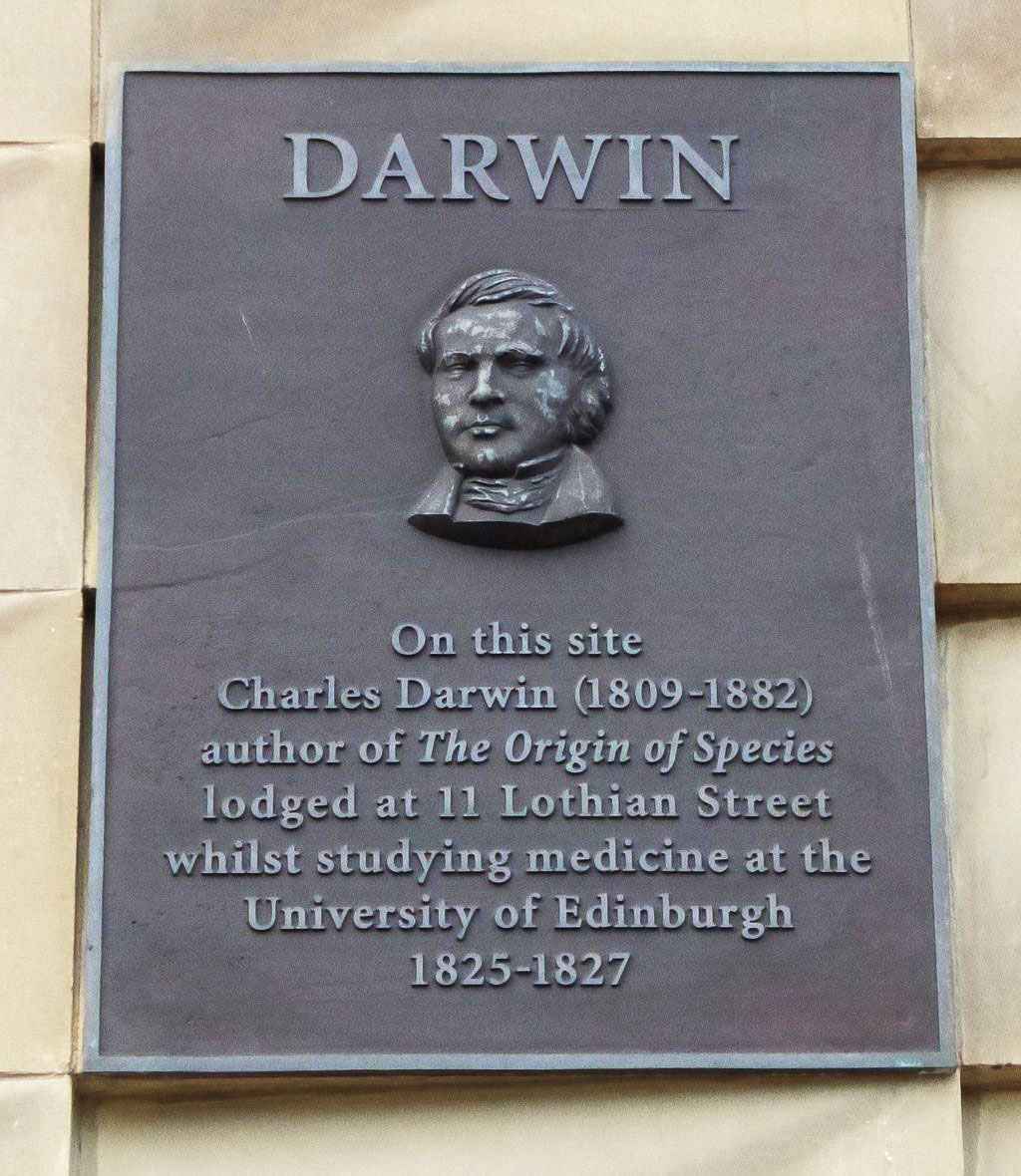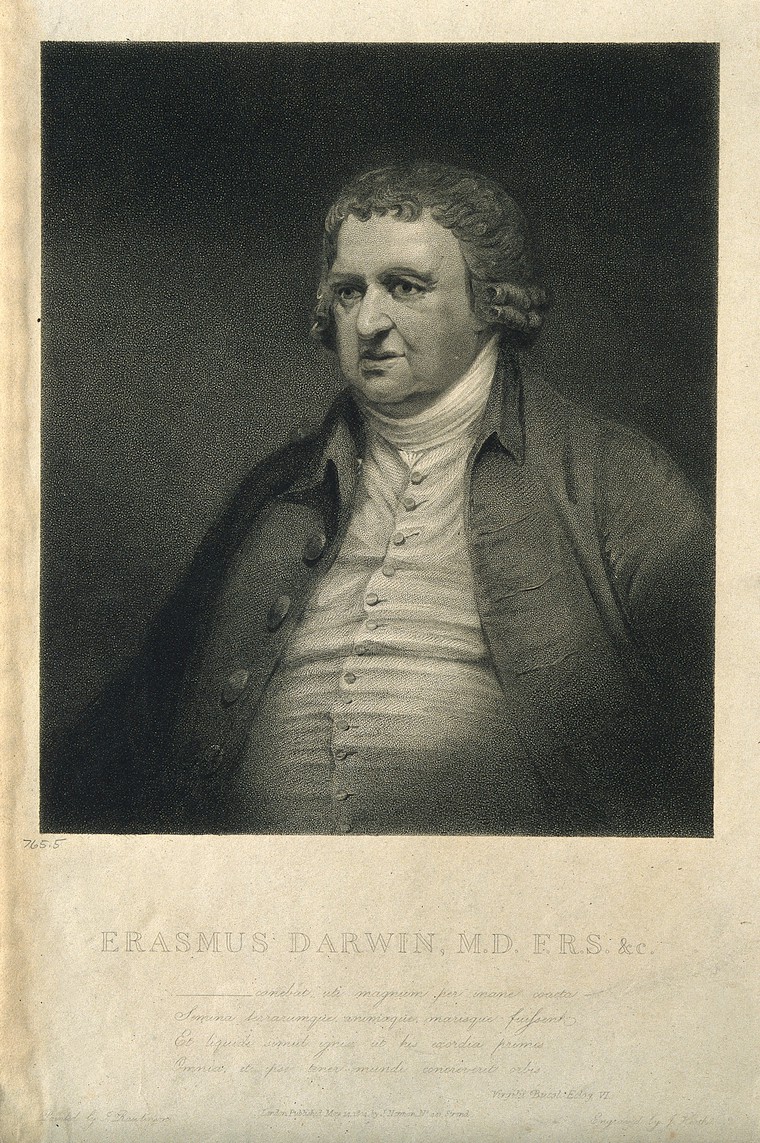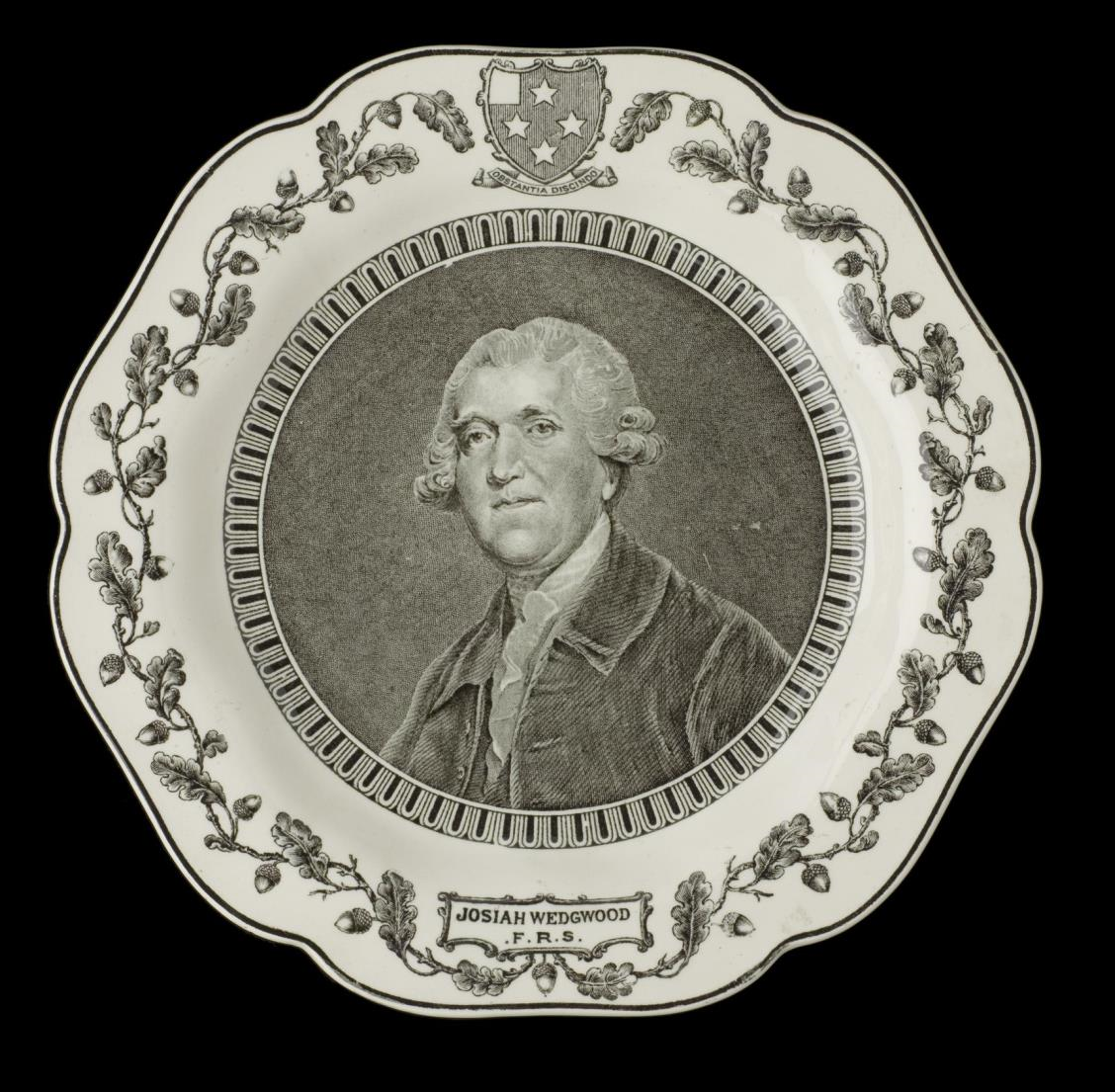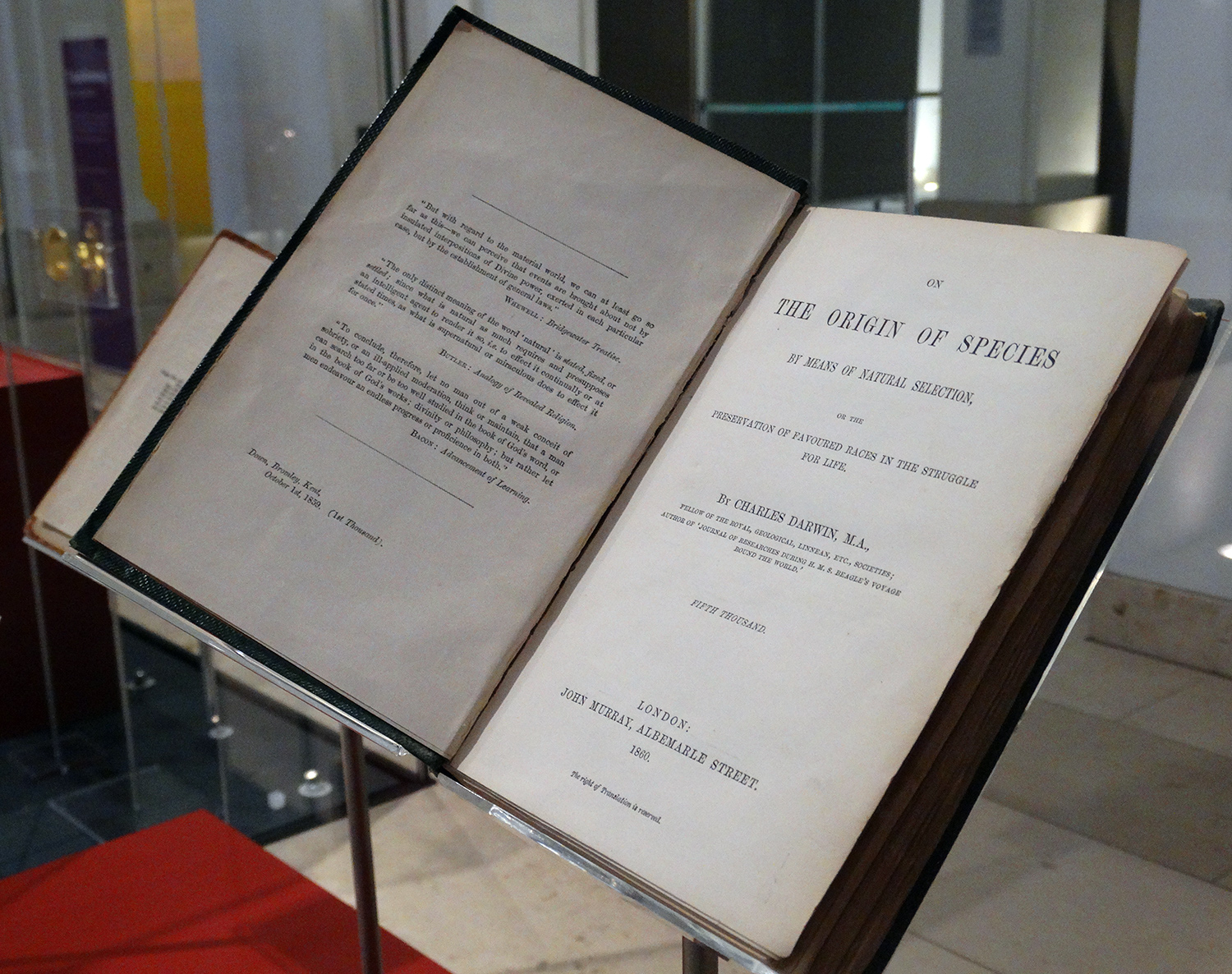At the rear of the National Museum of Scotland, on the outside wall of the lecture theatre, is a plaque:
On this site Charles Darwin (1809-1882) author of The Origin of Species lodged at 11 Lothian Street whilst studying medicine at the University of Edinburgh 1825-1827.
Darwin was then an eminent scientist, but a teenager of 16.

The Darwin Family
Charles Darwin came from a wealthy family with connections to entrepreneurs, religious non-conformity, free-thinking, and, in particular, anti-slavery.

He was the grandson of Erasmus Darwin, physician and polymath and member of the Lunar Society: a learned society of industrialists, natural philosophers and intellectuals who met in the English Midlands in the 1770s and 1780s. Members included Erasmus Darwin, Matthew Boulton, Joseph Priestley, James Watt and Josiah Wedgwood. In his book Zoonomia, Erasmus postulated that all life was descended from a common ancestor.
Darwin’s maternal grandfather was Josiah Wedgwood, potter, inventor and entrepreneur. Wedgwood created and distributed the anti-slavery plaque “am I not a man and a brother?”, not sold but given away to promote the anti-slavery campaign.

Darwin’s father, Robert, was a medical doctor who had studied in Edinburgh. He established himself in Shrewsbury where he invested in property and in canals and roads. He stopped weighing himself when he got to 22 stone; on house calls he would send his coachman into a house first to ensure the floors were up to his weight.
Charles was born in 1809. He attended school in Shrewsbury but was a lack-lustre pupil. He exasperated his father by being more fond of field sports than his books:
“You care for nothing but shooting, dogs and rat-catching and you will be a disgrace to yourself and all your family.”

Edinburgh in 1825
Edinburgh in the 1820s was a city of the Scottish Enlightenment. Intellectual life in Edinburgh was influenced by such past luminaries as David Hume, Adam Smith, Joseph Black and James Hutton. The ideas of these men were still being debated in Edinburgh in the 1820s when Darwin arrived.
Edinburgh also had an unrivalled reputation as a centre of medical education. At the University, Alexander Monro tertius had followed his grandfather and father as professor of anatomy. There were also private anatomy schools; the most popular was Barclay’s, where anatomy was taught by Dr Robert Knox. The teaching of anatomy, crucial in the study of surgery, required a supply of fresh corpses. Darwin’s time in Edinburgh coincided with the height of illegal exhumation of burials known as body snatching, though the murderous careers of Burke and Hare did not begin until November 1827, after Darwin had left.

Darwin arrived in Edinburgh in October 1825. He and his brother lodged at 11 Lothian Street. He described his lodgings in a letter to his father:
“We got into our lodgings yesterday evening, which are very comfortable and near the College. Our Landlady, by name Mrs Mackay, is a nice clean old body, and exceedingly civil and attentive. She lives in 11 Lothian Street, Edinburgh and only four flights of steps from the ground floor which is very moderate to some other lodgings that we were nearly taking. The terms are 1£-6s for two very nice and light bedrooms and a nice sitting room; by the way, light bedrooms are very scare articles in Edinburgh, since most of them are little holes in which there is neither air not light.
“We set out and walked all about the town; which we admire excessively; indeed Bridge Street is the most extraordinary thing I ever saw, and when we first looked over the sides we could hardly believe our eyes, when instead of a fine river we saw a stream of people.
“We have just been to church and heard a sermon of only 20 minutes. I expected from Sir Walter Scott’s account a soul-cutting discourse of 2 hours and a half.”

What did Charles Darwin study at the University of Edinburgh?
Darwin had no time for Alexander Monro tertius, who had followed his grandfather and father as professor of anatomy, as he describes in a letter to his sister Caroline:
Monro “made his lectures on human anatomy as dull as he was himself.” “I dislike his lectures so much that I cannot speak with decency about them. He is so dirty in person and actions.”
Nor did he have much time for Professor Andrew Duncan:
“Dr Duncan is so very learned that his wisdom has left no room for his sense, and he lectures which cannot be translated into any word expressive enough of its stupidity.”
or his topic:
“I shall ever hate the name of Materia Medica, since hearing Duncan’s lectures at 8 o’clock in a winter’s morning – a whole, cold, breakfastless hour on the properties of rhubarb!”
While Darwin continued to attend the lectures, however dull, he stopped attending operations, held in the Royal Infirmary, then in Infirmary Street.
“I also attended on two occasions the operating theatre in the hospital at Edinburgh, and saw two very bad operations, one on a child, but I rushed away before they were completed. Nor did I ever attend again, for hardly any inducement would have been strong enough to make me do so; this being long before the blessed days of chloroform. The two cases fairly haunted me for many a long year.”
In his second year Charles attended lectures on Geology and Zoology but found them incredibly dull:
“The sole effect they produced on me was the determination never as long as I lived to read a book on Geology or in any way to study the science.”
The only lectures of his medical course Darwin found interesting were those on Chemistry, given by Professor Thomas Charles Hope.
Extra-Mural Activities
But Darwin did not waste his time in Edinburgh. He spent a lot of time in the University library and museum, then in what is now the Talbot Rice Gallery. Darwin had a desk in the stairwell. He met many of the pre-eminent men of the day. Discussions about geology must have made an impression on Darwin as Charles Lyell gave Darwin the first volume of his book Principles of Geology, published in 1830, just in time for his voyage on The Beagle and on his return Darwin described himself as a geologist.
Darwin joined learned societies and heard papers on the cuckoo, chemical analysis of spa water, oceanic and atmospheric currents, the anatomy of expression, and the uses of vacuum in the natural world. Darwin heard Audubon lecture on North American birds and demonstrate his method of supporting birds with wire.
Darwin and fellow naturalist Robert Edmond Grant studied marine invertebrates on the shores of the Forth. Grant published a paper on the discovery that black spores often found in oyster shells were the eggs of a skate leech. The discovery was, in fact, Darwin’s, which led to a cooling of the friendship.
In his second year, Darwin took lessons in taxidermy from former slave John Edmonstone, who lived at 37 Lothian Street, just a few doors down from Darwin.
“By the way, a negro lived in Edinburgh … and gained his livelihood by stuffing birds, which he did excellently: he gave me lessons for payment, and I used often to sit with him, for he was a very pleasant and intelligent man.”
Darwin’s Edinburgh reading list survives. There are medical texts, books reflecting Darwin’s wider scientific interests and books on travel, particularly to the Arctic. For lighter reading are essays, poetry and novels.
After Edinburgh
Darwin left Edinburgh in 1827 without graduating. He went up to Cambridge to get a degree so he could become a clergyman. Before he could take orders, he was offered the chance to be a gentleman companion to Captain Fitzroy who was to circumnavigate the globe in HMS Beagle. The voyage lasted from 1831 to 1836. In 1837, Darwin, in a notebook, jotted down his ideas for evolution through natural selection.

Darwin visited Edinburgh again, in 1838, on his way to study the geology of Glen Roy. He spent some time on Salisbury Crags, studying the geology described by Hutton.
He worked on his book On the Origin of Species for many years; it was finally published in 1859. Not many years later, Darwin was selected to represent biology on the front of the Museum, opened less than ten years after the publication of On the Origin of Species.
